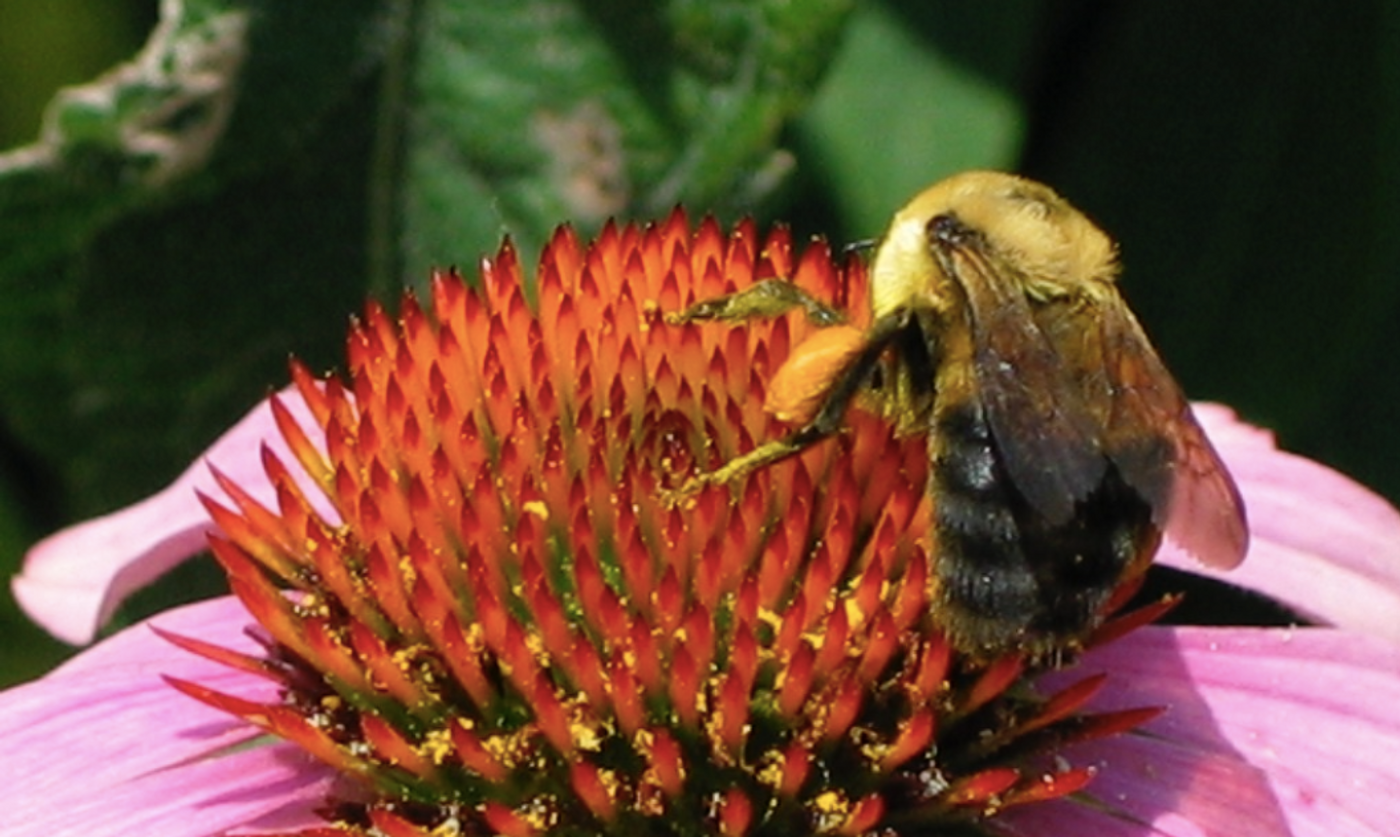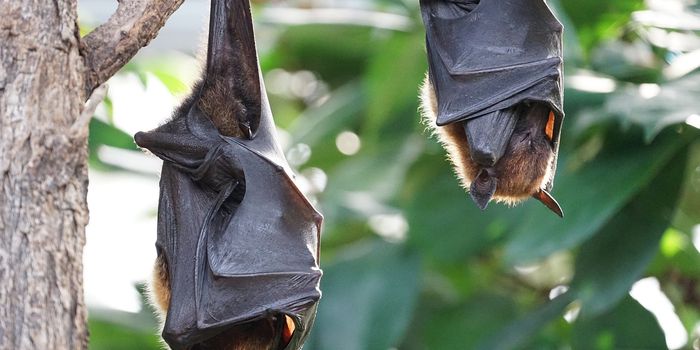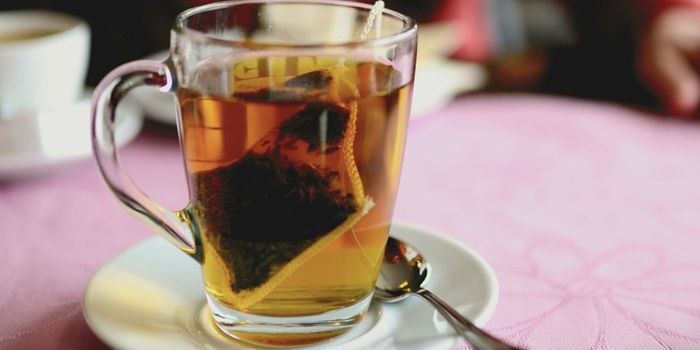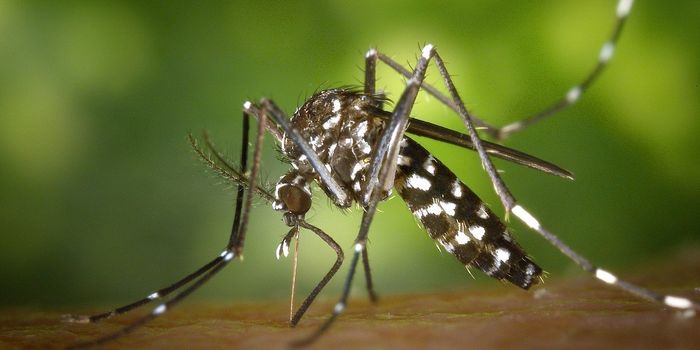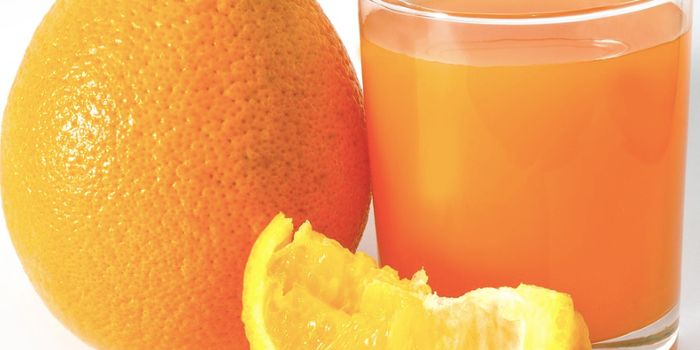Big Bees Take the Time to Memorize Where the Best Flowers Are
Bumblebees play crucial roles in nature as pollinators for many wildflowers, and in agriculture as pollinators of field crops. They also exhibit complex social structures and behaviors. Scientists have now found that big bumblebees will take the time to memorize where the best flowers are located. Smaller bumblebees, however, can't fly as far or carry as much, so they don't bother to seek out the flowers with the most appealing nectar. The findings have been reported in Current Biology.
Most bees and wasps perform 'learning flights' after they leave flowers and other places of significance, like their nest. Scientists have known about these flights and studied them for decades. Honeybees are known to perform these flights, and bumblebees apparently do as well, even looking back so they will remember where a flower is. Many of these insects have preferred feeding sites.
"It might not be widely known that pollinating insects learn and develop individual flower preferences, but in fact bumblebees are selective," said senior study author Natalie Hempel de Ibarra, Associate Professor at the University of Exeter's Centre for Research in Animal Behavior.
"On leaving a flower, they can actively decide how much effort to put into remembering its location. The surprising finding of our study is that a bee's size determines this decision making and the learning behavior."
In this work, captive bees were able to visit artificial flowers with sugar solutions in various concentrations. The researchers found that the bigger the bee, the more its behavior depended on the sweeteners of the sugar solution. Smaller bees put equal effort into learning flower locations regardless of how sweet their sugar solutions were.
"The differences we found reflect the different roles of bees in their colonies. Large bumblebees can carry larger loads and explore further from the nest than smaller ones. Small ones with a smaller flight range and carrying capacity cannot afford to be as selective, so they accept a wider range of flowers," said Professor Hempel de Ibarra. "These small bees tend to be involved more with tasks inside the nest—only going out to forage if food supplies in the colony are running low."
Sources: Phys.org via University of Exeter, Current Biology
